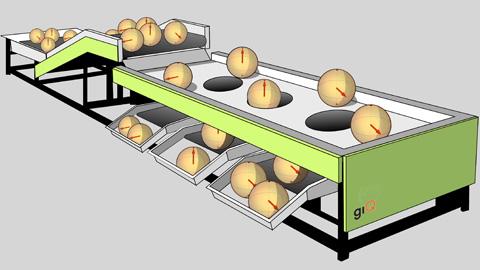With technology advancing at rapid speeds and researchers working day and night to solve some of the world’s greatest physics mysteries, is the whole idea of a quantum internet close that we think?
Adapting to a world of quantum computing may sound far-fetched, but it’s really not that far away and the benefits that it will bring once introduced, integrated, and accepted, will be exponential. Communications will be more secure, sensors will be more precise, and a higher level of computation than we’ve ever experienced will be available as standard.
The idea that quantum computers will act as nodes in a whole network of quantum devices has also been envisioned over the past few years. In this kind of system, connections would be made via quantum channels that would allow data to flow through it, effectively creating the foundations for the first-ever quantum internet.
But that is definitely easier said than done. One of the biggest challenges to deal with is how to sort the network’s quantum data according to the state they were prepared. To help overcome this problem, a group of researchers from the Universität Autonoma De Barcelona developed a procedure that’s capable of identifying clusters of quantum systems that are identically prepared.

This protocol illustrates a natural connection that occurs depending on what common attributes they share and can be compared to that of how a classical computer distinguishes different sounds captured. A computer can quite capably differentiate a conversation, street musician, or traffic in the street, and quantum computers work in a similar fashion, but on a much deeper level.
The UAB physicists compared the performance of both classical and quantum computer protocols in this area. Results from the study showed that the quantum protocol was far more efficient than the classical strategies, especially when it comes to deciphering large dimensional data.
So, it’s another leap forward in terms of developing a future quantum internet. For more information, you can see the research published in the Physical Review X journal.
Photo by NASA

